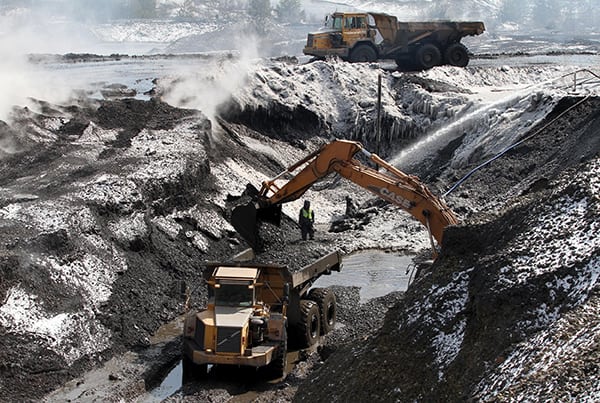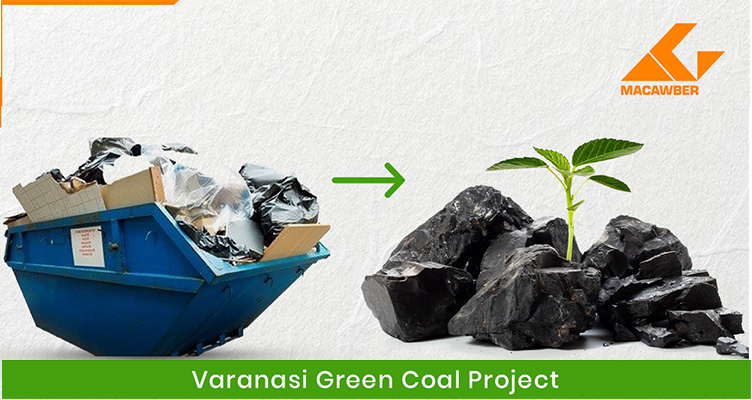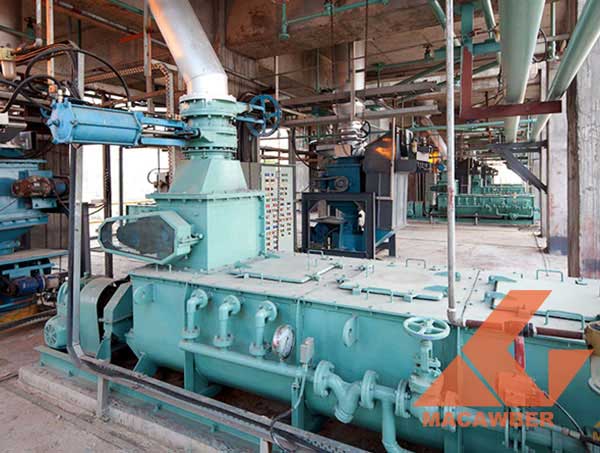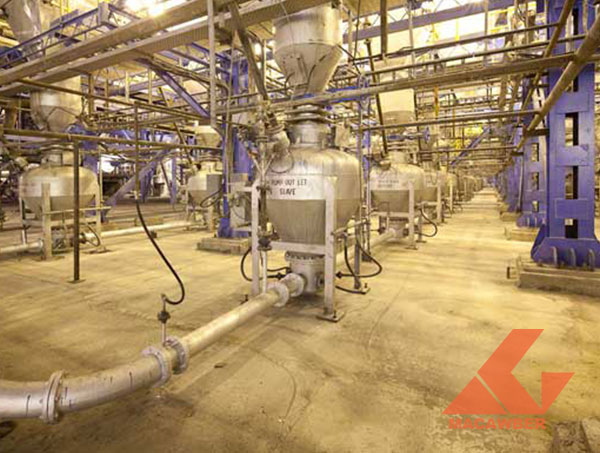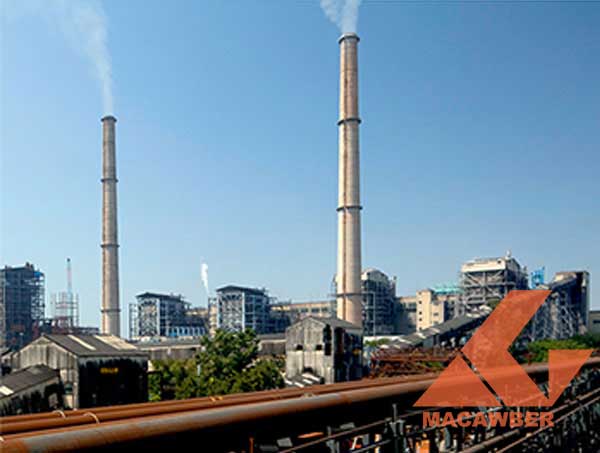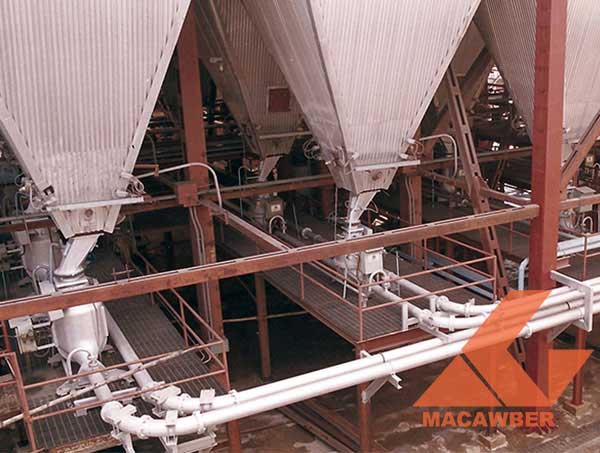Coal handling is a crucial process that is involved in the movement of coal from its initial location to the end-use destination. Coal is a fossil fuel that is commonly used to generate electricity, as well as for industrial processes such as steel production, cement manufacturing, and other applications. Its vital for the efficient transportation, storage, and processing of coal in power plants and other industrial facilities.
A coal handling system is a set of equipment and processes that are used to transfer coal from its initial location to the end-use destination. The system includes equipment for coal crushing, storage, and transportation. It is designed to efficiently and safely handle the coal throughout the entire process, from its initial arrival at the facility to its final destination.
The components of a typical coal handling system include a coal crusher, coal storage yard, coal feeders, coal conveyor belts, ash handling system, and a dust suppression system. The coal crusher is used to crush large coal chunks into smaller pieces that are easier to handle. The coal storage yard is used to store coal that has been mined or transported from other locations. Coal feeders are used to control the flow of coal into the system, ensuring that the right amount of coal is delivered to the system at the right time.
Conveyor belts are used to transport coal from one location to another. They are commonly used in coal systems to move coal from the storage yard to the crusher, and from the crusher to the power plant. An ash handling system is used to handle the ash that is produced during the combustion of coal. The system is designed to collect the ash and transport it to a storage facility. The ash handling system uses various equipment such as conveyor belts, bucket elevators, and silos to transport and store the ash.
A dust suppression system is used to suppress the dust that is produced during the handling of coal. The system uses water or chemicals to suppress the dust and prevent it from spreading in the air. The dust suppression system is essential to ensure the safety of workers and to maintain a clean working environment.
Coals are critical to the efficient operation of power plants and other industrial facilities that use coal. The efficient handling of coal is essential for maintaining a constant supply of fuel to the facility. A well-designed coal handling system can help to reduce the cost of coal transportation, storage, and processing. It can also help to reduce the amount of dust and ash that is produced during the handling of coal, which can improve the safety and cleanliness of the facility.
A coal handling plant is a facility that is used to store, process, and transport coal. The plant is designed to handle a specific amount of coal per day, depending on the requirements of the facility. The plant may include various systems such as coal crushers, coal storage yards, coal feeders, and coal conveyor belts. Is usually located near the power plant or industrial facility that uses coal.
In conclusion, coal is an essential process that involves the movement of coal from its initial location to the end-use destination. The system includes equipment for coal crushing, storage, and transportation. The efficient handling of coal is critical to the operation of power plants and other industrial facilities that use coal. A well-designed coal handling system can help to reduce the cost of coal transportation, storage, and processing, and can also improve the safety and cleanliness of the facility.
 IND
IND VN
VN CN
CN KR
KR JP
JP
